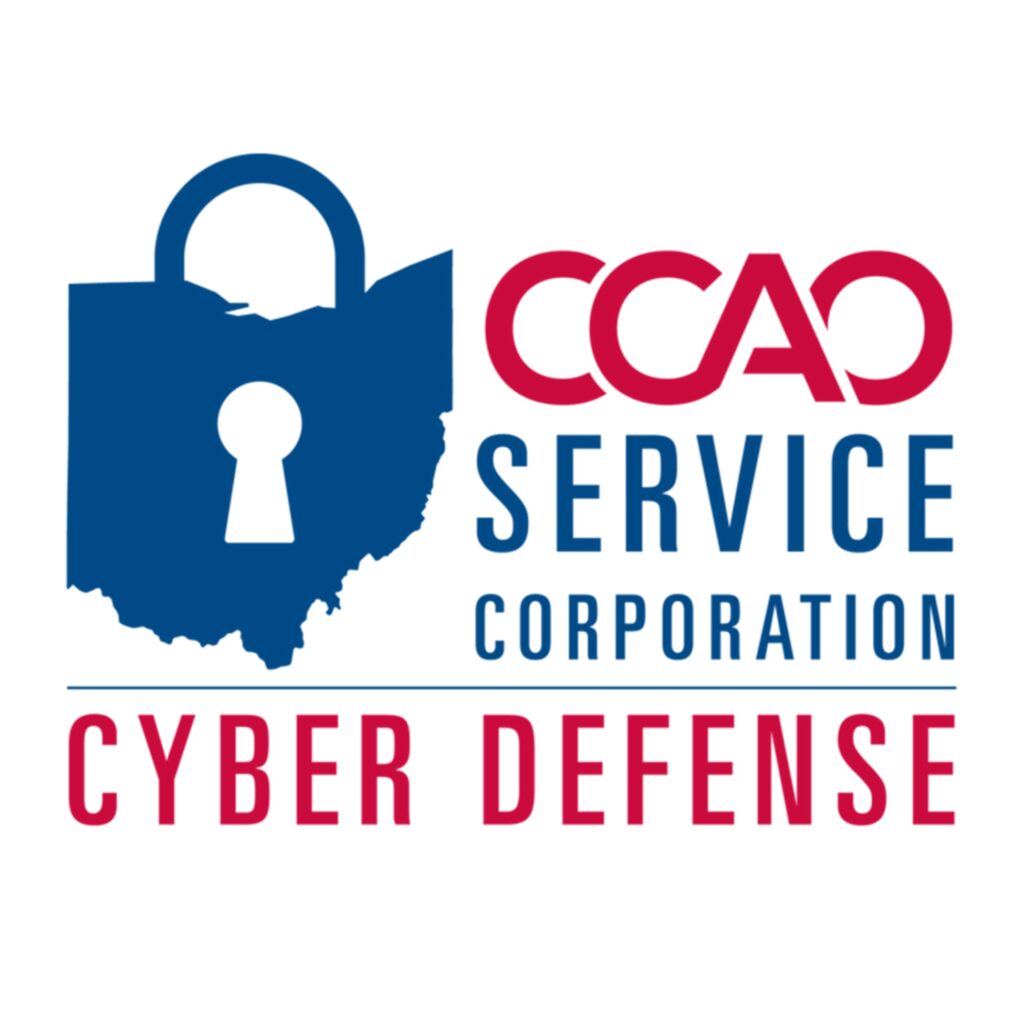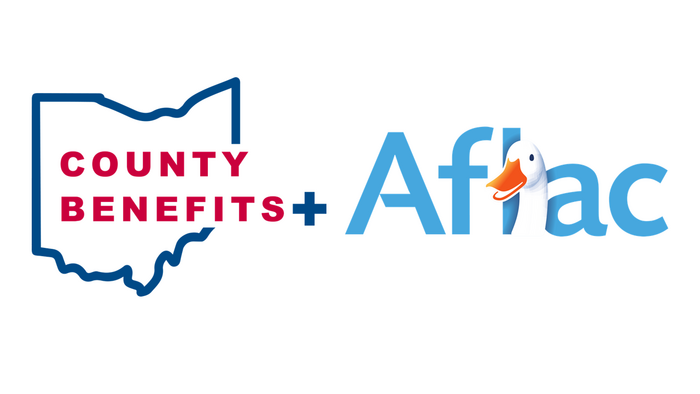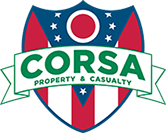As a facilities manager, one of your key responsibilities is to ensure that the buildings you oversee are running efficiently and cost-effectively. One of the most impactful upgrades you can make in this regard is switching to LED lighting. Here are the primary benefits of upgrading to LED lighting that can help you justify this investment to stakeholders and improve your facility’s overall performance.
1. Energy Efficiency
LED (Light Emitting Diode) lights are significantly more energy-efficient than traditional lighting options like incandescent or fluorescent bulbs. LEDs use up to 75% less energy and last up to 25 times longer. This means that by switching to LEDs, facilities can drastically reduce their electricity consumption, leading to substantial savings on energy bills.
2. Cost Savings
The initial investment in LED lighting can be higher compared to traditional lighting. However, the long-term savings are considerable. The reduced energy consumption directly lowers utility bills, and the extended lifespan of LEDs reduces the frequency and cost of replacements and maintenance. Over time, the savings on energy and maintenance can offset the upfront costs, leading to a positive return on investment.
3. Environmental Impact
LEDs are environmentally friendly for several reasons. Their energy efficiency means reduced greenhouse gas emissions from power plants. Additionally, LEDs do not contain harmful substances like mercury, which is present in fluorescent lamps. This makes disposal safer and more environmentally responsible. By upgrading to LEDs, facilities can significantly reduce their carbon footprint and contribute to environmental sustainability goals.
4. Improved Lighting Quality
LED lighting provides superior quality compared to traditional lighting options. LEDs offer better color rendering, which means colors appear more natural and vibrant. They also distribute light more evenly, reducing glare and shadows. This improved lighting quality can enhance the work environment, improve productivity, and increase the comfort and safety of occupants.
5. Versatility and Control
LED lighting systems offer greater versatility and control. Many LED fixtures are compatible with smart lighting systems, allowing for advanced controls such as dimming, motion sensing, and scheduling. These features can lead to further energy savings and provide the ability to tailor lighting conditions to specific needs or times of day, enhancing the flexibility and functionality of the facility.
6. Durability and Reliability
LED lights are more durable and reliable than traditional lighting options. They are resistant to shock, vibrations, and external impacts, making them ideal for use in various environments, including those subject to harsh conditions. This durability means fewer replacements and less maintenance, reducing the workload for facilities management teams.
7. Compliance and Incentives
Many regions have regulations encouraging or even mandating the use of energy-efficient lighting solutions. Upgrading to LED lighting can help ensure compliance with these regulations, avoiding potential fines or penalties. Additionally, there are often financial incentives, rebates, and grants available for facilities that adopt energy-efficient technologies like LED lighting. Taking advantage of these programs can further reduce the cost of upgrading.
8. Enhanced Safety
LED lights generate less heat compared to incandescent and halogen bulbs, reducing the risk of burns and fires. This makes LEDs a safer choice for a wide range of applications, including areas where lighting is in close proximity to flammable materials or needs to be left on for extended periods.
Conclusion
Upgrading to LED lighting is a strategic decision that can yield significant benefits for facilities managers. From energy and cost savings to improved lighting quality and environmental impact, LEDs offer a compelling case for modernization. By investing in LED technology, you can enhance the efficiency, safety, and sustainability of your facilities, ultimately leading to a more productive and cost-effective operation.
Implementing LED lighting is a forward-thinking move that aligns with modern sustainability practices and technological advancements, ensuring that your facility remains competitive and well-maintained for years to come.
Author

Monte Hartranft
Vice President of Sales
Evolved Lighting & Energy
(614) 218-2416
mhartranft@evolvedle.com





